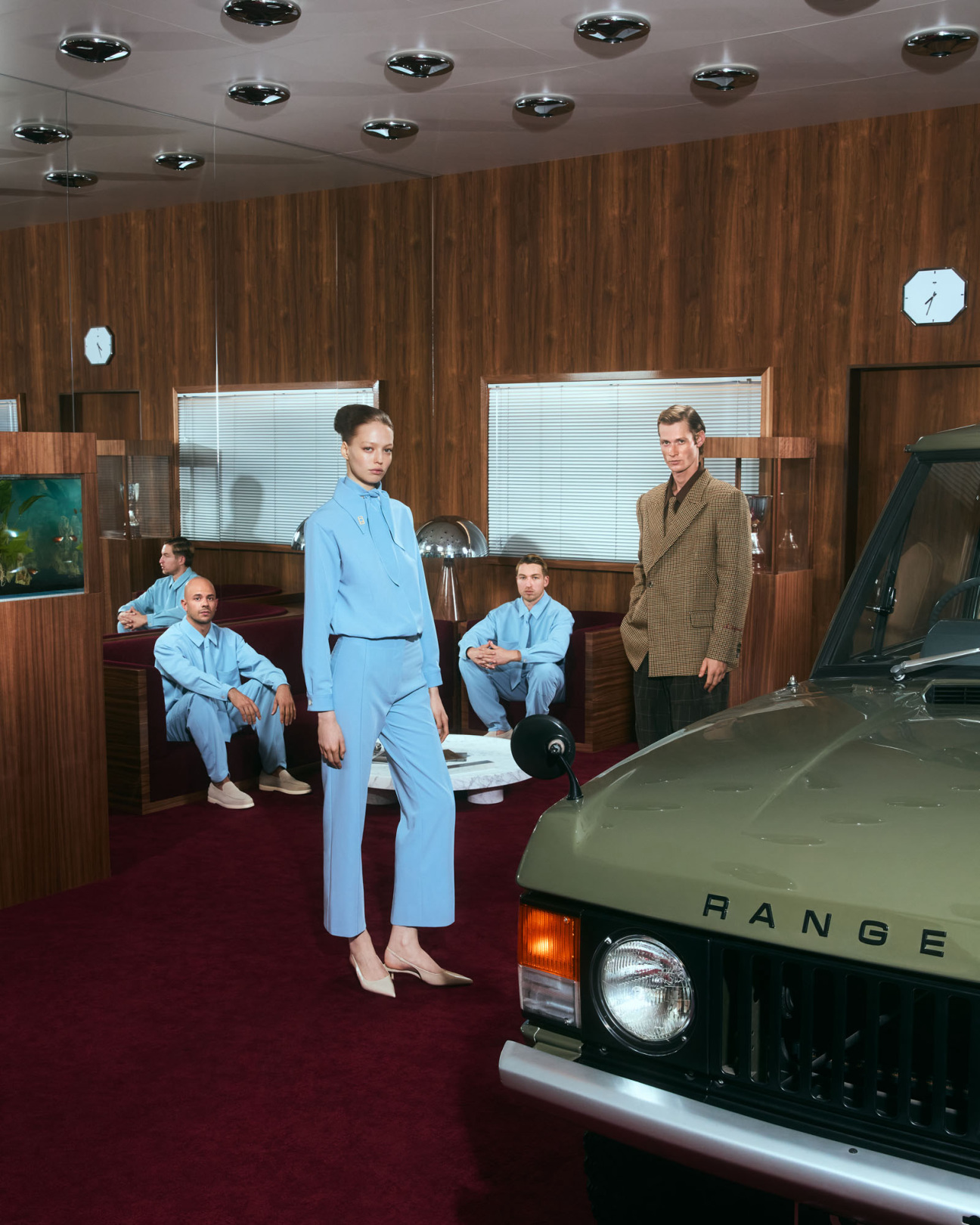
Did you know that when Range Rover—the iconic British vehicle with a cultural resume spanning from Queen Elizabeth to hip hop to, now, Milan Design Week—was first introduced in 1970, the Louvre came calling?
It was a remarkable gesture. More than 50 years later, that very car remains the only automobile ever exhibited within the storied galleries of the famed museum. To be recognized in its debut season as a “masterpiece” of industrial design set the tone for what Range Rover has become: not just a luxe mode of transport, but a lasting design icon.
And at this year’s Salone del Mobile, Range Rover has leaned into that legacy with its first-ever design fair commission—an installation created in collaboration with California-based studio Nuova called "Futurespective: Connected Worlds." The project, running through April 13 and built at Milan’s Palazzo Belgioioso, plays with time.
At the entryway: the exact model that appeared in the Louvre—all boxed in floating glass, military-olive paint, and matter-of-fact Britishness—displayed in a swinging '70s showroom imagined by Nuova. (The chamber features a high-kitsch tropical fish tank, rosewood paneling, and a custom scent that “smells like old money,” says Rodrigo Caula, Nuova’s co-founder.)
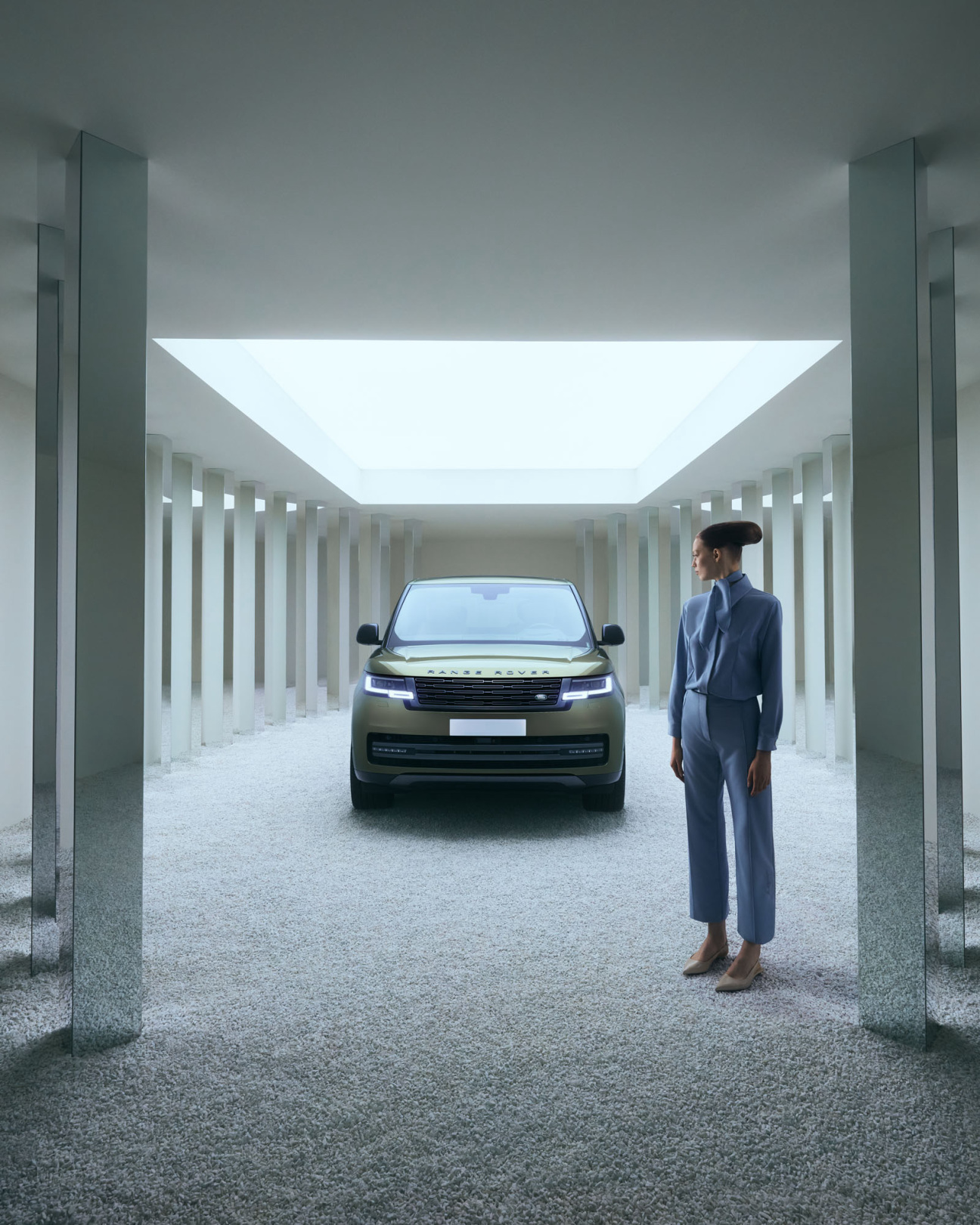
In the next room: a spatial and temporal shift—elliptical mirrored chassis, white stones, pearlescent walls, and a 2025 Range Rover painted in a mutant chartreuse conceived to be a hyper-evolved riff on the original green. Across five decades, there have only been five design iterations of the Range Rover—a surprisingly low number, and a deliberate one.
“It’s about reductive craft,” says Richard Stevens, design director of Jaguar Land Rover (Range Rover falls under the Land Rover umbrella, which also includes Defender, Discovery, and Jaguar). “How much can you reduce down, but still deliver absolute character?”
A few key design principles have endured. One is the trio of visual lines—roof, mid-body, and base, put most simply—that, if extended into the rear distance, would eventually converge. It gives the commanding SUV a silkier aerodynamic feel, even if it’s subtle. Another is an ongoing pursuit of purity in form: take the car’s tail lights, now minimal vertical slits. Stevens says the next step isn’t necessarily to shrink them further, but to innovate their internal tech—like how they animate when they’re activated.
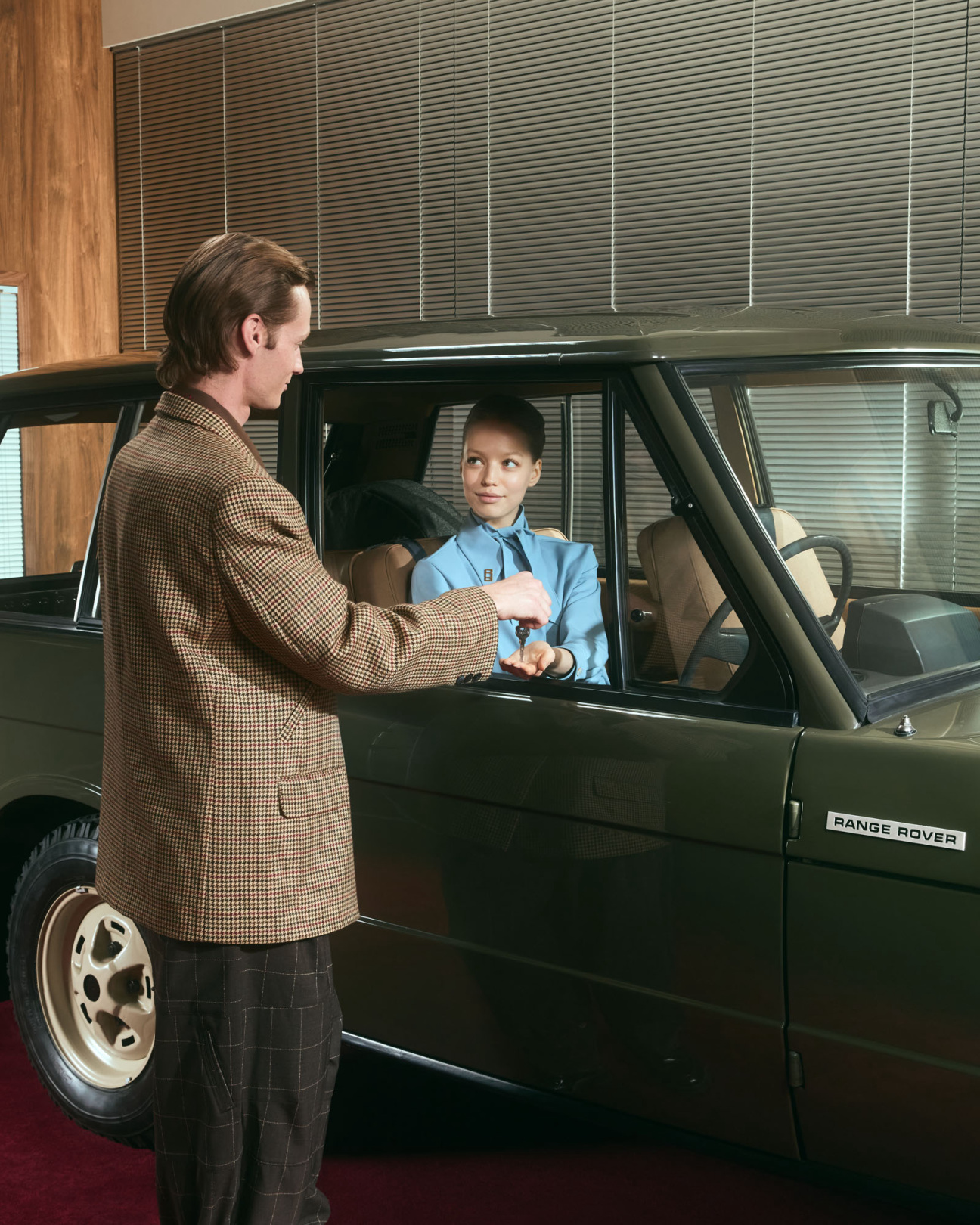
Range Rover’s aesthetic DNA was originally influenced in large part by 1960s cinema. From the first model to the latest, the elevated stance and glass-heavy design offer panoramic, filmic views—as ideal for traversing soggy Scottish moors to cruising along the Bund in Shanghai, neon half-light filling the cabin. Fittingly, the car has long also been a silver-screen staple, appearing in everything from James Bond’s Octopussy, 1983, to a recent Burberry TV spot with Olivia Colman—not to mention its frequent cameos in lyrics and music videos.
Still, Stevens says the cultural positioning of the Range Rover is categorically agnostic, be it design, entertainment, business, et al. (He sees them all as overlapping, anyway). Range Rover is not about fitting into a vertical, but rather appealing to “leaders”—whether aspirational or established.
That includes standouts both figurative (like Queen Elizabeth, who was often seen behind the wheel) and popular, via high-profile personalities and cultural moments. Think: the constantly evolving fleet of Range Rovers on various Kardashian shows, or lyrics like “I’m going down down baby / your street in a Range Rover” from Nelly’s 2000 hit “Country Grammar,” or Lil’ Kim’s flex in 2003’s “The Jump Off”: “I’m the one who put the range in the Rover…”
So why show up at Milan Design Week? Simple. “It’s about being part of the cultural gulf stream,” Stevens says.
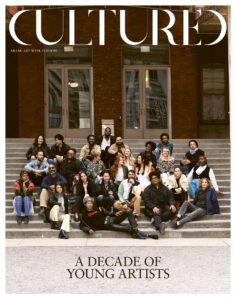
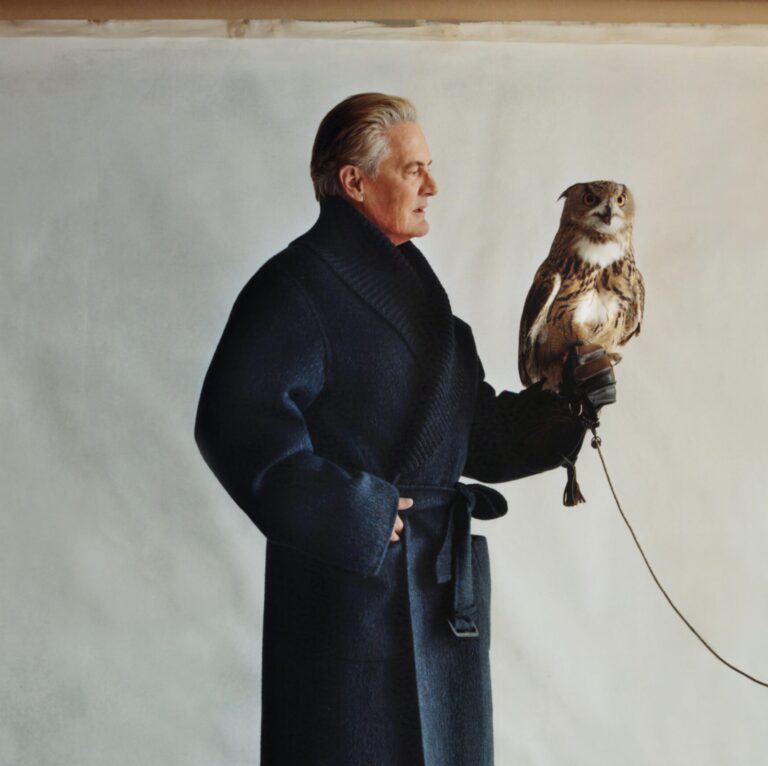
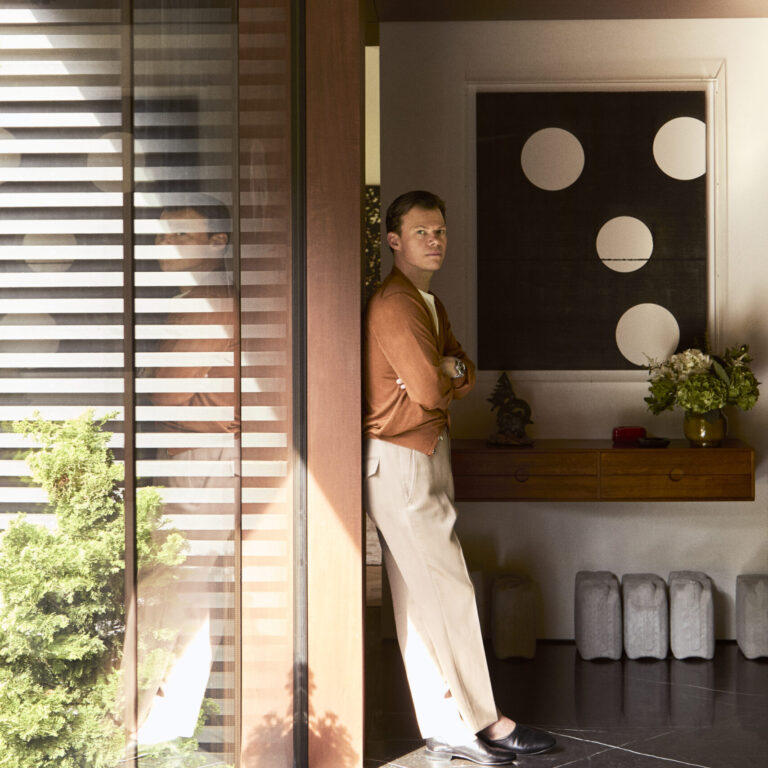

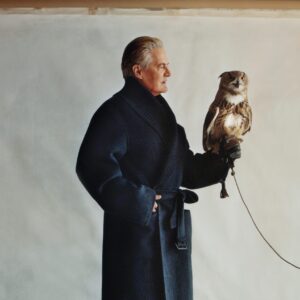

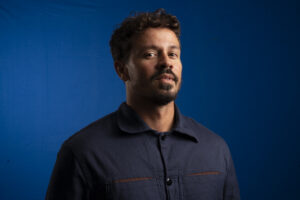

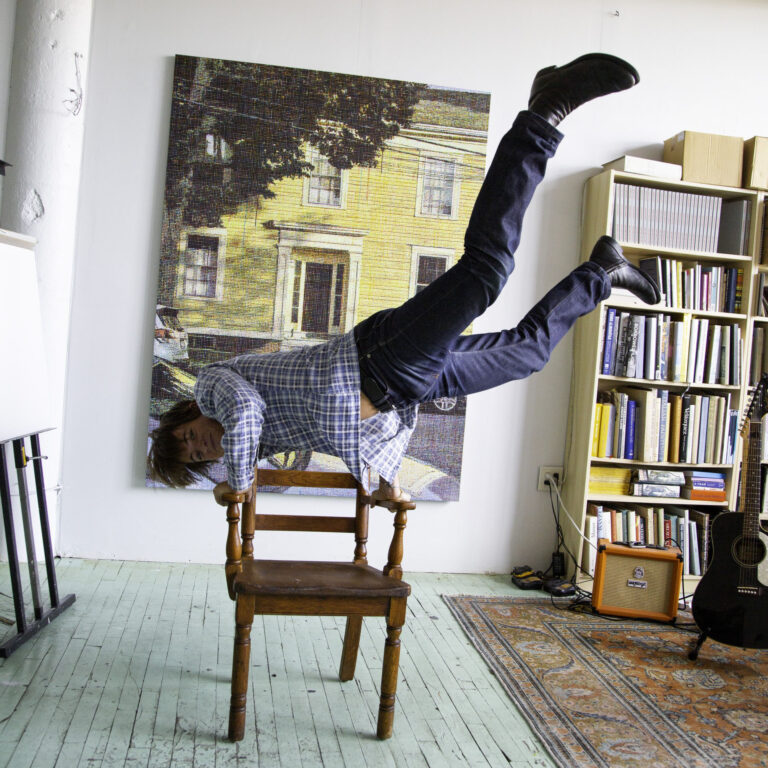

 in your life?
in your life?

